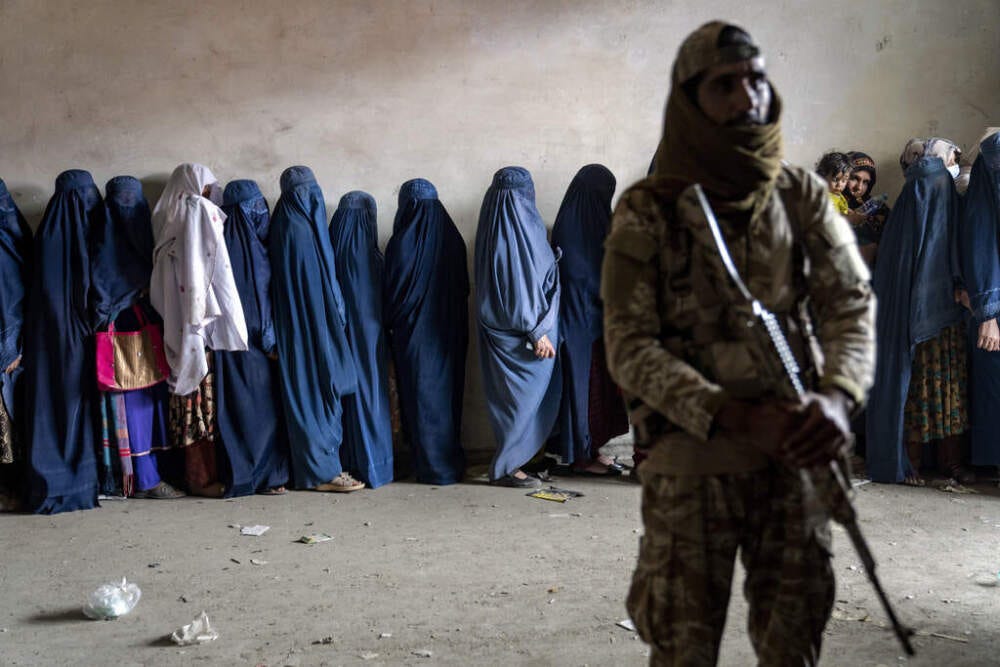Welcome to the Brown History Newsletter. If you’re enjoying this labor of love, please do consider becoming a paid subscriber. Your contribution would help pay the writers and illustrators and support this weekly publication. If you like to submit a writing piece, please send me a pitch by email at brownhistory1947@gmail.com.
Don’t forget to check out our SHOP and our Podcast

Recommended Reads:
The Taliban’s New Era of Terror in Afghanistan
Gender segregation, barbaric violence, and paranoia paralyze the country.

On a lonely street corner, a telephone pole whispers the tale of Kabul and what has been done to it. Tattered fragments of a flier remain glued to the concrete, and the few surviving words on the colorful paper tell us that it had once offered directions to a nearby beauty salon. The image in the flier’s center has been aggressively ripped off, sparing only a portion of the model’s lipstick-laden smile. Not that the advertisement would’ve been of much use - follow the directions listed and we’d end up at a hastily abandoned apartment-turned-business with one window boarded up and the other shattered. Any lingering traces of Gul Raihan Beauty Salon’s existence have been forcibly extinguished. A clothing store across the street displays a freshly arrived black burqa on a female mannequin, with its head - despite being a faceless blob of plastic on a vaguely feminine body - completely wrapped in tinfoil, like a suffocating mask. Pictures of women on old posters and billboards are now startling and ghastly, with their eyes and mouths violently scratched off to reduce them to semi-human husks stripped of any meaning or identity. An aged man at the counter of a fruit store shifts nervously in his seat when a rare female customer asks him for the price of grapes. He glances furtively at the door, as if expecting a uniformed man with a whip to show up any second and begin flogging them both.
When describing real-life dystopian societies and totalitarian surveillance states, it has become a writer’s responsibility to avoid the exhausted allusions to Orwell and Kafka. But when the Taliban literally replaces the nation’s Ministry for Women’s Affairs with a department called the Ministry for the Propagation of Virtue and Prevention of Vice - an actual “morality police” that stands on street corners, donning white robes, and is empowered to abduct, torture, and kill civilians for showing too much skin or teaching English to a teenage girl - the already tepidly defined lines between reality, fiction, and satire become almost irrelevant. It would be worth ridiculing if it wasn’t absolutely horrifying.






